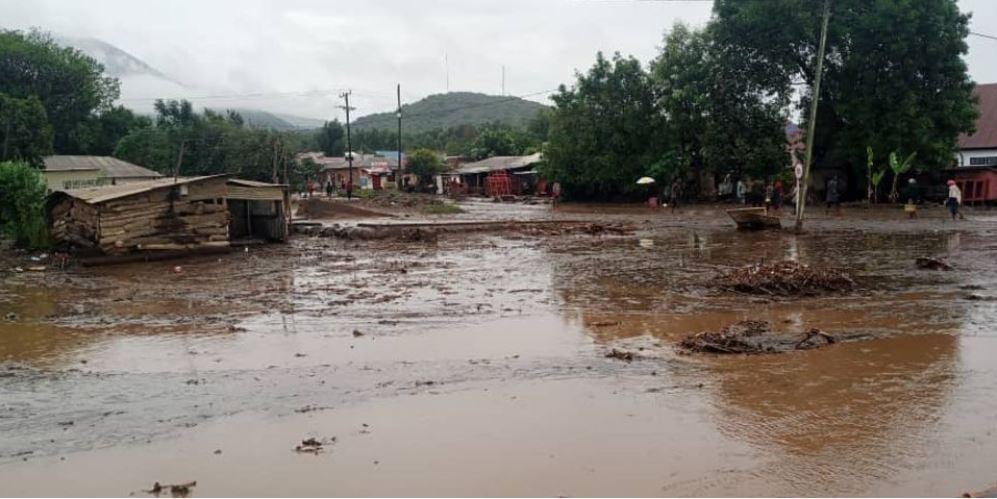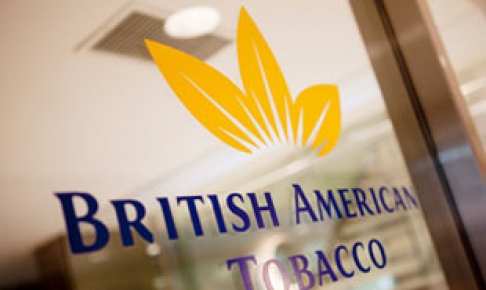At least 47 dead in Tanzania landslides

Tanzania's President Samia Suluhu Hassan, in Dubai for the COP28 climate conference, sent her condolences and said she had ordered the deployment of "more government efforts to rescue people".
At least 47 people were killed and 85 others injured in landslides caused by flooding in northern Tanzania, a local official announced Sunday, with warnings the toll would rise.
Heavy rain on Saturday hit the town of Katesh, some 300 kilometres (186 miles) north of the capital Dodoma, district commissioner Janeth Mayanja said.
More To Read
"Up to this evening, the death toll reached 47 and 85 injured," Queen Sendiga, regional commissioner in the Manyara area of northern Tanzania, told local media.
Both warned that the death toll was likely to increase.
Mayanja added that many roads in the area had been blocked by mud, water and dislodged trees and stones.
Tanzania's President Samia Suluhu Hassan, in Dubai for the COP28 climate conference, sent her condolences and said she had ordered the deployment of "more government efforts to rescue people".
Images broadcast on state television TBC showed many flooded homes and vehicles stuck in thick mud.
After experiencing an unprecedented drought, East Africa has been hit for weeks by torrential rain and flooding linked to the El Nino weather phenomenon.
The downpours have displaced more than a million people in Somalia and left hundreds dead.
In May, torrential rains caused devastating floods and landslides in Rwanda that killed at least 130 people.
El Nino is a naturally occurring weather pattern that originates in the Pacific Ocean and drives increased heat worldwide, bringing drought to some areas and heavy rains elsewhere.
Scientists expect the worst effects of the current El Nino to be felt at the end of 2023 and into next year.
Between October 1997 and January 1998, massive flooding exacerbated by heavy El Nino rains caused more than 6,000 deaths in five countries in the region.
Scientists say extreme weather events such as flooding, storms, droughts and wildfires are being made longer, more intense and more frequent by human-induced climate change.
Story by AFP
Other Topics To Read
Top Stories Today

















